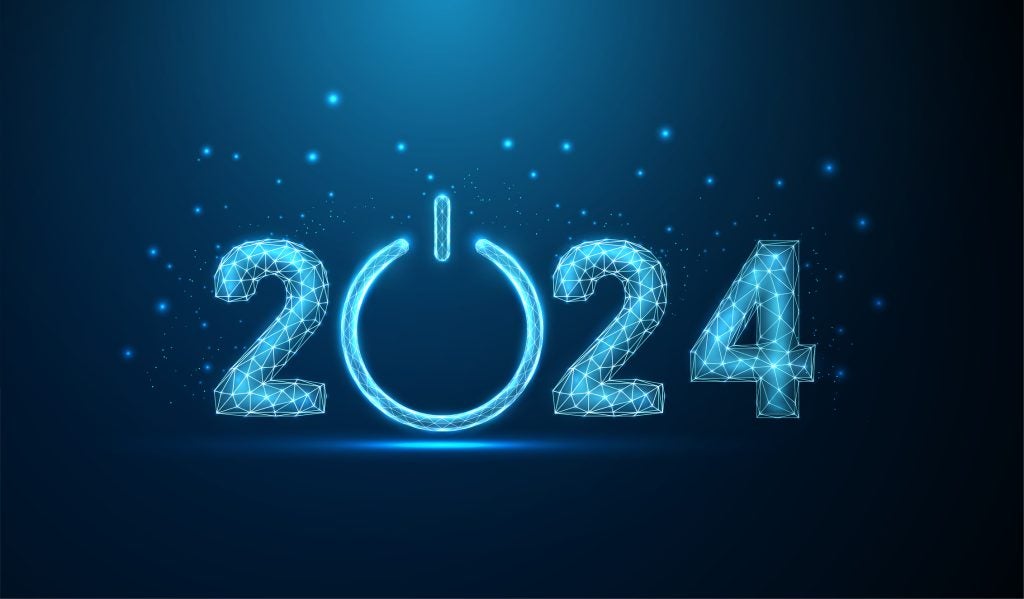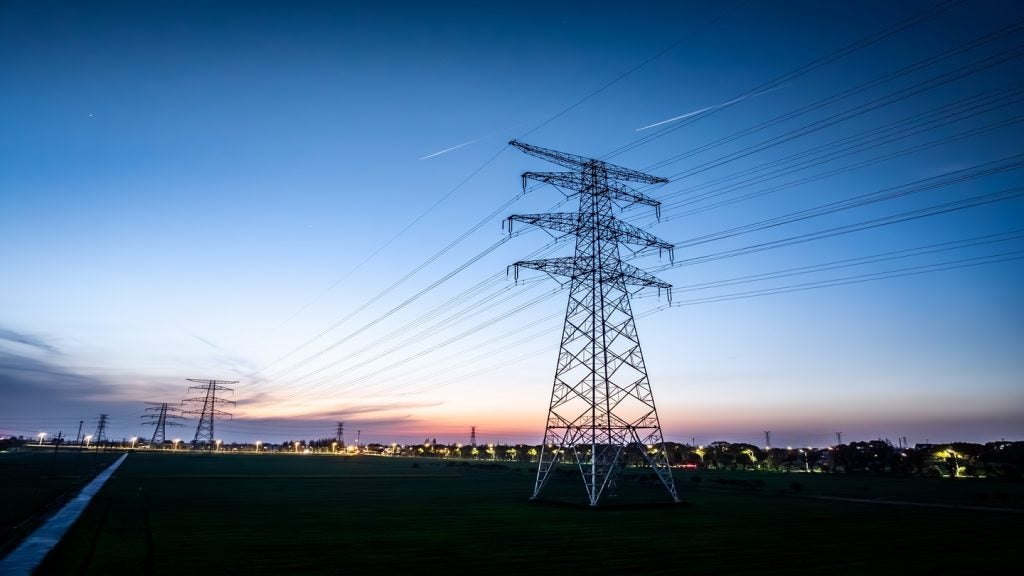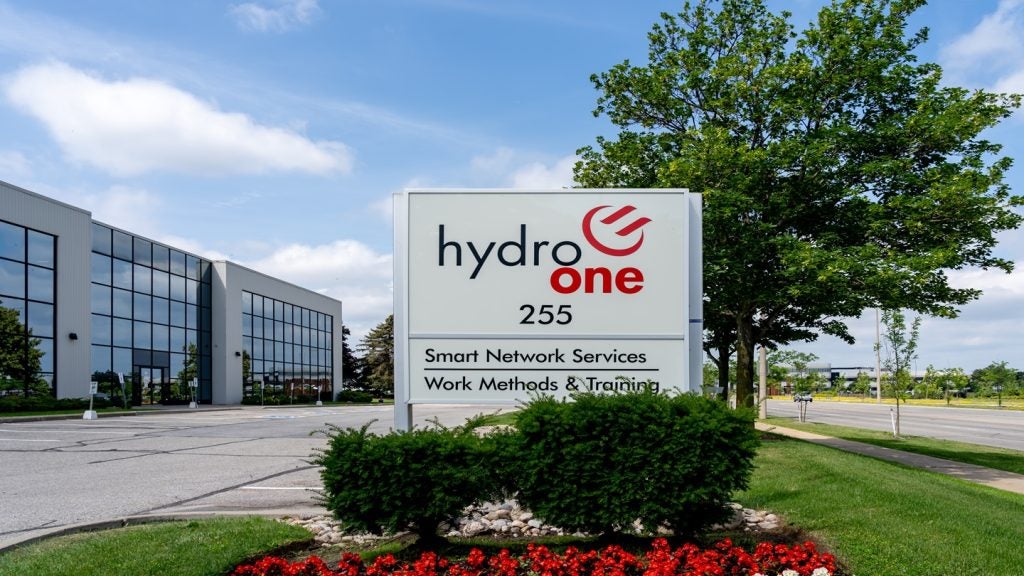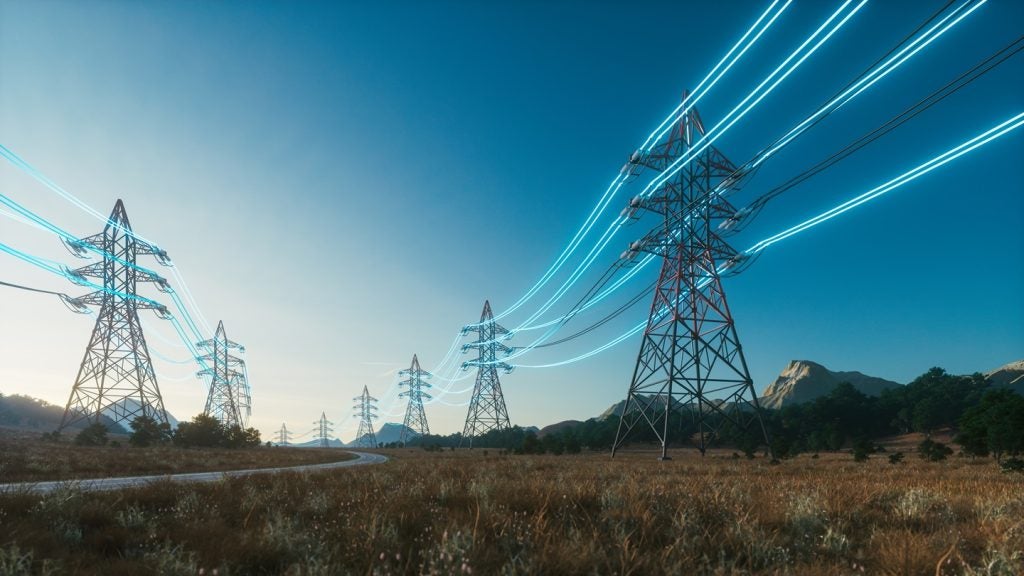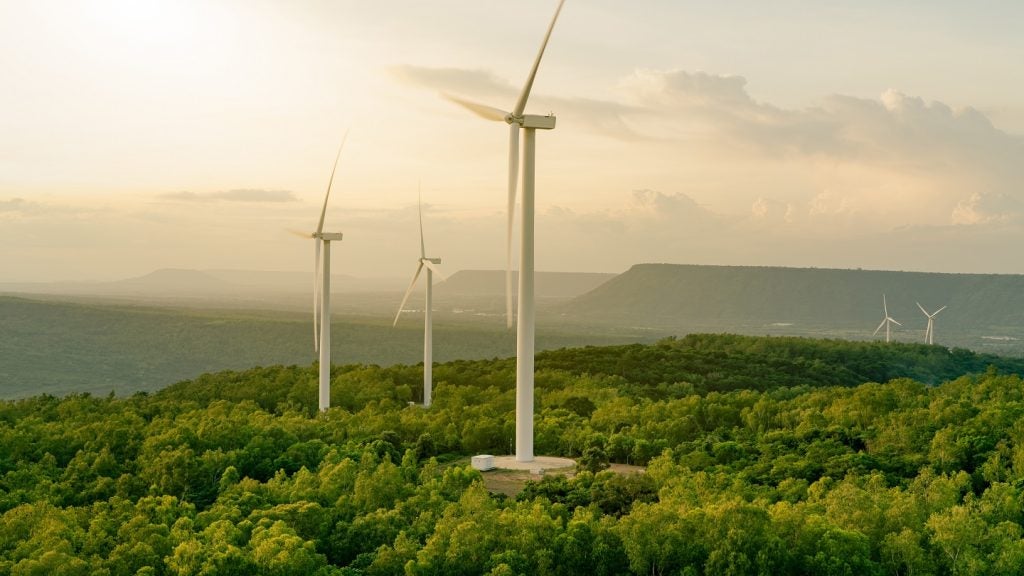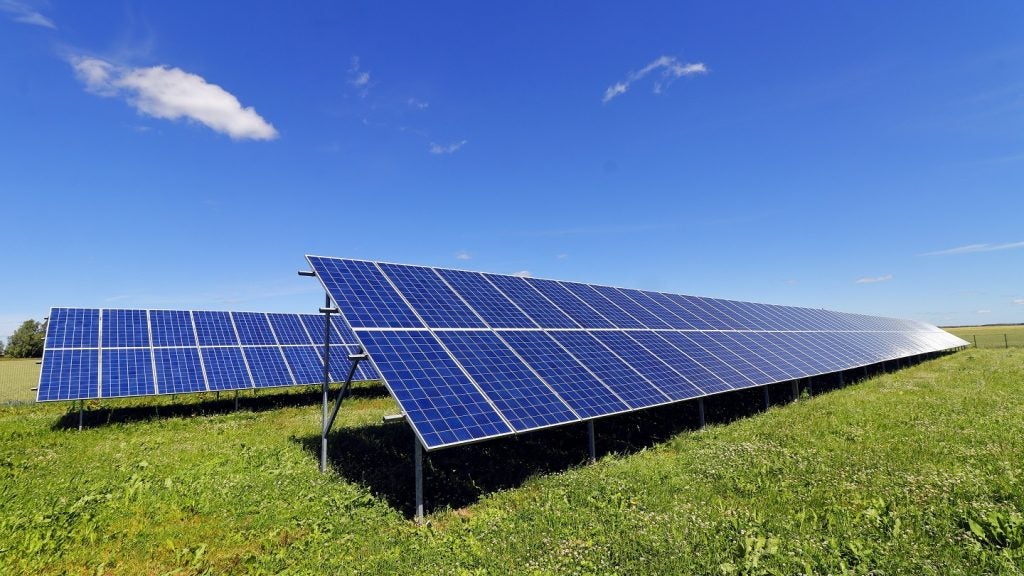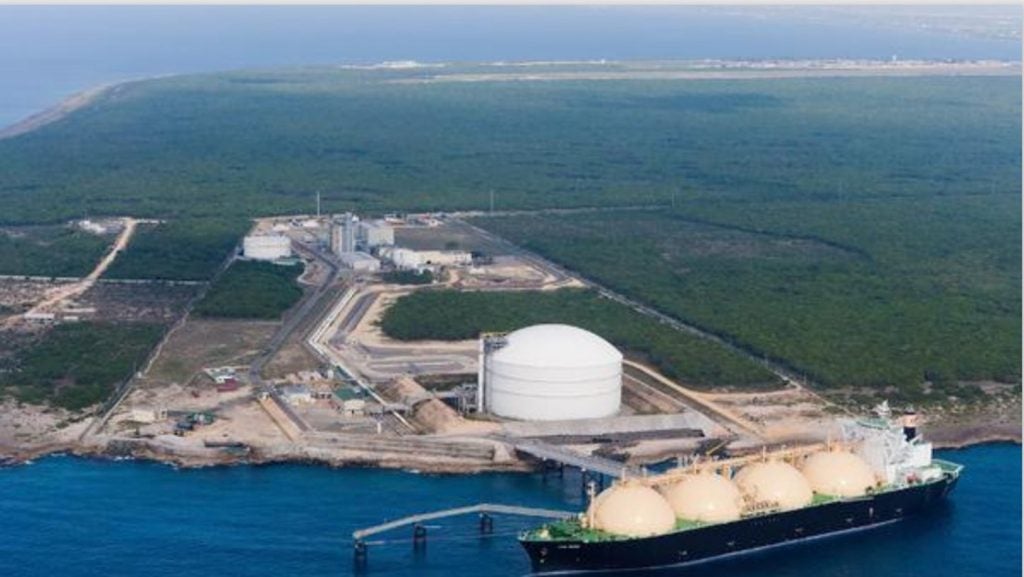The power sector continued to experience rapid transformation this year, driven by increased demand for clean energy, innovation in emerging technologies and strategic investments in infrastructure.
The top power companies have successfully adapted to these trends, embracing a low-carbon future and pushing boundaries in renewables, energy storage and grid modernisation.
Here are the winners of the power sector in 2024, based on insights from Harminder Singh, director of power research and analysis at Power Technology’s parent company GlobalData.
1. TotalEnergies
TotalEnergies has positioned itself as a front-runner in the shift from fossil fuels to renewable energy, committing to achieving carbon neutrality by 2050, with an interim target of reducing net emissions by 40% by 2030 compared with 2015 levels.
In 2024, the company made significant strides towards this target. Continuing its momentum in the solar market, which earned it a spot in last year’s winners list, it launched solar projects in Iraq and Saudi Arabia, in addition to beginning commercial operations at its largest solar farm in the US.
It also secured more than 22% of the rooftop solar photovoltaic (PV) tenders awarded by the French Energy Regulatory Commission.
TotalEnergies’ growth in energy storage this year is notable, launching a new battery storage project in Belgium and its battery technology subsidiary, Saft, commissioning a new line for lithium-ion battery container production at its Jacksonville factory in Florida, US.
“An O&G (oil and gas) major that is moving fast on the energy transition route, TotalEnergies has been entering into strategic alliances and partnerships to increase its presence in renewable energy sector, participating in renewable energy auctions and expanding itself in battery storage markets,” Singh says.
In addition, the company expanded its offshore wind capabilities, winning concessions in both Germany and Taiwan. Its acquisitions of SN Power, with hydro projects in Africa, and battery storage developer Kyon Energy highlight TotalEnergies’ commitment to diversifying its clean energy portfolio.
2. Ørsted
Danish energy giant Ørsted, on a winning streak like TotalEnergies, continued to measure up to its reputation as the world’s leading offshore wind developer in 2024.
The company aims to build 35-38GW of renewable capacity by 2030, with more than half (20–22GW) dedicated to offshore wind. Its dominance in the sector was further reinforced this year with its purchase of a 50% stake in Eversource’s Sunrise Wind project, located off New York’s coast.
While “the company is a leader in offshore wind”, Singh explains, its placement on this list is also attributable to “its efforts to expand its footprints in other technologies, such as solar PV and battery storage”.
Beyond offshore wind, Ørsted bolstered its capabilities in solar and battery storage. Three of its major solar PV projects in the US came online in 2024, including the Mockingbird Solar Centre in Texas, the company’s largest solar project globally. Adding to this its partnership with Mission Clean Energy to develop four stand-alone battery energy storage systems (BESS) across the US Midwest, Ørsted significantly boosted its green energy credentials this year.
3. Iberdrola
This year was another strong year for Spanish multinational utility Iberdrola, which took the crown in 2023’s list, mainly due to its leadership in renewable energy.
The company continued to develop its solar PV and wind portfolio, inaugurating its €2.4bn ($2.52bn) Saint-Brieuc offshore wind farm in France, progressing its €1bn Windanker offshore wind project in Germany into the delivery phase and beginning construction of its Broadsound Solar and Battery project in Australia, among others.
Its subsidiary Avangrid, which Iberdrola fully acquired in September, also hit a milestone by eclipsing 9GW of solar and wind capacity across the US.
However, Iberdrola’s most notable venture this year was not in renewables – but in transmission and distribution (T&D).
“Iberdrola has an ambitious objective to achieve carbon neutrality for scopes 1 and 2 by 2030. This would cover direct emissions from their generation units and indirect emissions from electricity, T&D losses and its own consumption,” Singh explains. “So, along with investments in renewable energy, the company is also looking to boost its T&D infrastructure.”
In March, Iberdrola announced a $44.54bn investment to upgrade grids in various countries across the world. The company also strengthened its position in the UK in October by acquiring an 88% stake in British power distribution company Electricity North West, making it the second-largest electricity network operator in the country.
4. NextEra Energy
“As the largest producer of wind and solar energy in the US, NextEra Energy continues to dominate the renewable energy market,” says Singh. “The company’s focus on energy storage and electric vehicle (EV) infrastructure has set it apart as a leader in the green energy revolution.”
Greenlane, NextEra’s joint venture with Daimler and BlackRock, broke ground in 2024 on its 280-mile EV charging corridor in California, a critical initiative for advancing carbon-neutral freight transportation.
Additionally, in June, the company partnered with electric power production company Entergy to develop 4.5GW of solar and energy storage projects across the southern US. This dual focus on clean power generation and energy storage ensures NextEra remains at the forefront of the US energy market.
5. Électricité de France (EDF)
A powerhouse in the nuclear energy sector, France’s EDF is naturally positioned as another top contender in the power sector this year. However, Singh argues that its “inorganic expansion across the value chain in different renewable energy markets” solidifies its place in this list.
In 2024, EDF acquired solar panel and battery installer Contact Solar and expanded its presence in Africa, gaining a majority stake in Cameroonian solar kit supplier start-up upoWa. Elsewhere in the world, its subsidiary EDF Renewables acquired the 1.5GW West Sea Energy 1 offshore wind farm in South Korea and won a tender to build and operate a new 100MW solar plant in Israel.
EDF’s acquisition of GE Vernova’s steam power business added more capabilities in renewable energy generation, with steam turbines being utilised in nuclear, biopower, solar thermal and geothermal plants.
Meanwhile, EDF’s nuclear agenda showed no signs of slowing down. The company signed an agreement with Ukrainian nuclear company Energoatom in June to cooperate on nuclear projects, while its Heysham 2 nuclear power station in the UK reached a significant milestone in July – the station generated 300 terawatt-hours (TWh) of low-carbon electricity, second only to Hinkley Point B, which ceased generation in July 2022 with a total of 311TWh.
Last week, the company announced a collaboration with Centrica to extend the operational lives of its four advanced gas-cooled reactor nuclear power stations in the UK.


